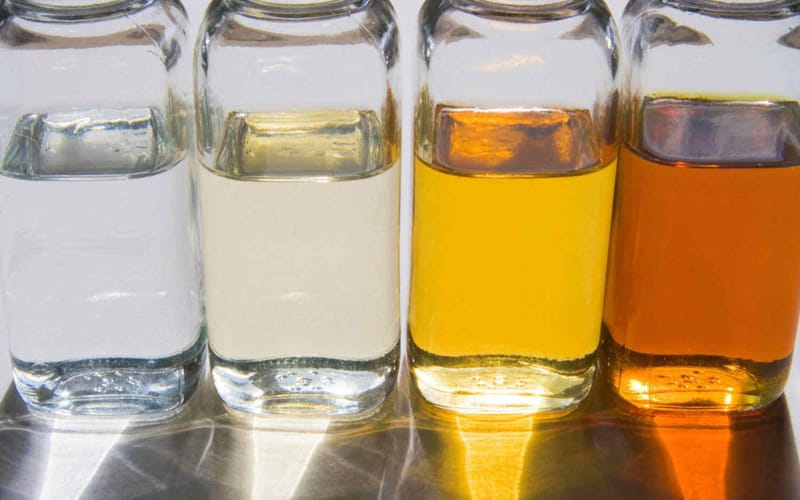BASE OILS

Group I
Originating in the 1930s, the least refined type which is produced by Solvent Refining. It usually consists of conventional petroleum base oils. An improvement to the refining process in the 1960s called hydro-treating made this base oil more stable, less reactive, and longer lasting than the earlier base oils.
API defines group I as "base stocks contain less than 90 percent saturates and/or greater than 0.03 percent sulfur and have a viscosity index greater than or equal to 80 and less than 120".
Group II
Originating in 1971, a better grade of petroleum base oil, which may be partially produced by Hydro cracking. All impurities will be removed from the oil leading to clearer color.
API defines group II as "base stocks contain greater than or equal to 90 percent saturates and less than or equal to 0.03 percent sulfur and have a viscosity index greater than or equal to 80 and less than 120".
Group III
Originating in 1993, the best grade of petroleum base oil, since they are fully produced by Hydro cracking, Hydroisomerization, and Hydro treating, which make these oils purer.
API defines group III as "base stocks contain greater than or equal to 90 percent saturates and less than or equal to 0.03 percent sulfur and have a viscosity index greater than or equal to 120".
This group may be described as Synthetic technology oils or Hydro-Cracked Synthetic oil. However, some oil companies may call their products under this group as synthetic oils.


